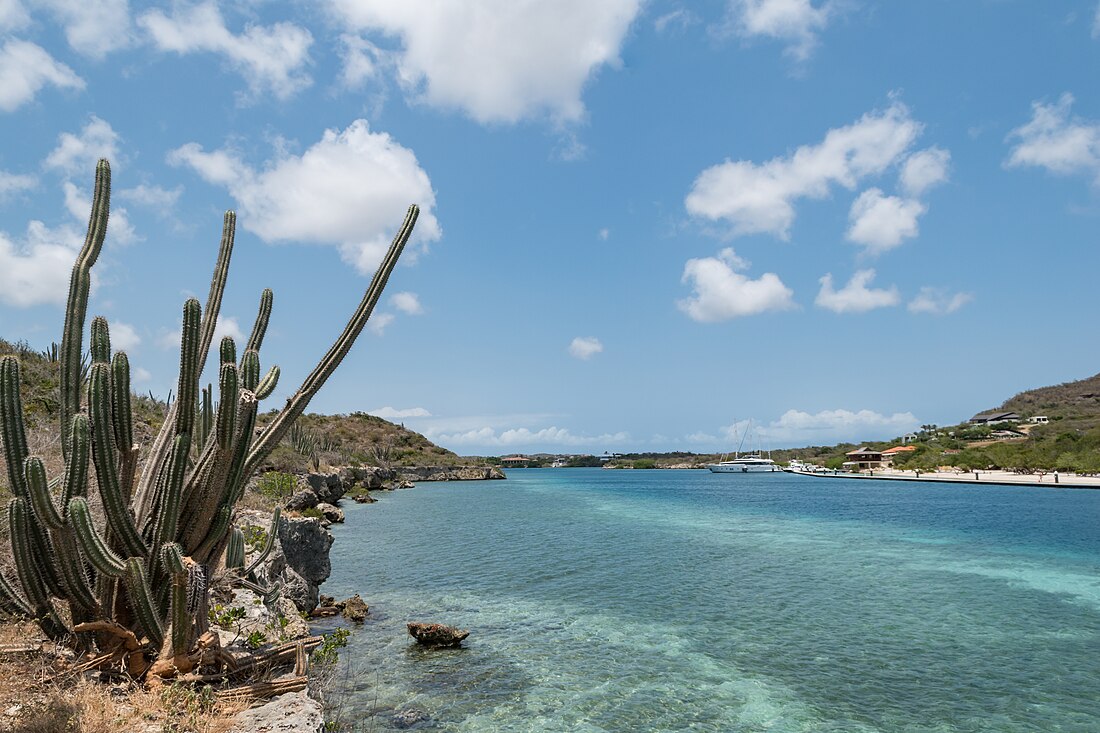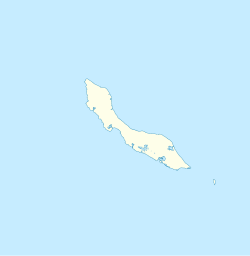Top Qs
Timeline
Chat
Perspective
Spaanse Water
Place in Curaçao, Kingdom of the Netherlands From Wikipedia, the free encyclopedia
Remove ads
Spaanse Water is a town on the island of Curaçao. It contains the tourist resort Nieuwpoort,[4] the village of Santa Barbara,[1] and the Tafelberg.[5] Spaanse Water is a natural harbour and lagoon located to the east of Willemstad. The lagoon contains several bays and little islands.[6]
Remove ads
History
Summarize
Perspective

Spaanse Water was a strategically important location. In 1703, Fort Beekenburg was constructed on the Caracas Bay to protect the natural harbour and the back route to Willemstad.[7] The fort was built by Nicolaas van Beek who at the time served as Director of Curaçao.[8] It has been attacked several times by the French, English, and pirates, but has never been conquered.[9] The fort used to be owned by Royal Dutch Shell, but since 2005, it is publicly accessible.[7]

Santa Barbara is a plantation founded in 1662, and was one of the oldest and largest plantations on the island. It was not very profitable,[10] and sold in January 1875. The plantation was subsequently resold to John Godden in May 1875 who started a large scale phosphate mine on the terrain.[11] In 1915, a calcium mine was added to the site.[5] The mines are still active, and the mining company has estimated that the reserves will last until 2045.[12] In 1927, Royal Dutch Shell built an oil terminal in Spaanse Water. The oil terminal closed in 2005.[9]
In the late 20th century, Spaanse Water developed into a tourist location. The resorts Nieuwpoort,[4] Jan Thiel, and Santa Barbara Beach & Golf were established for the tourists.[13]
Remove ads
References
Bibliography
Wikiwand - on
Seamless Wikipedia browsing. On steroids.
Remove ads


